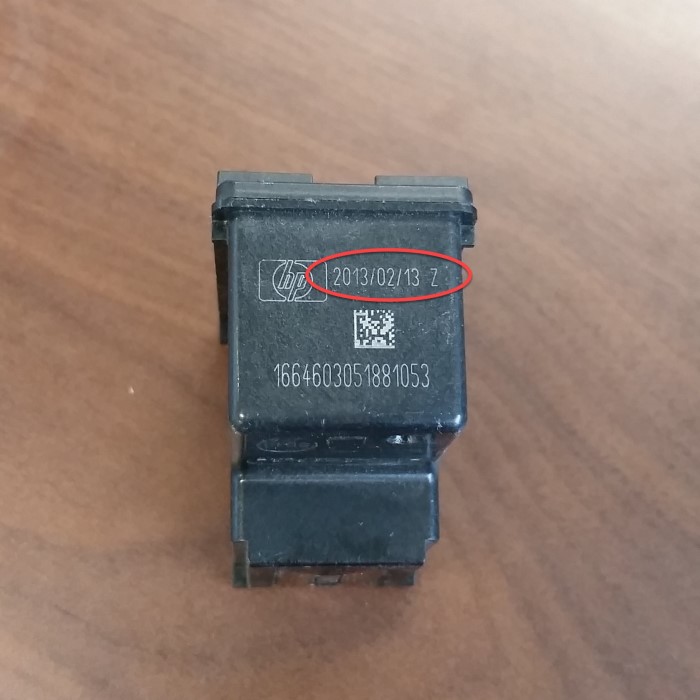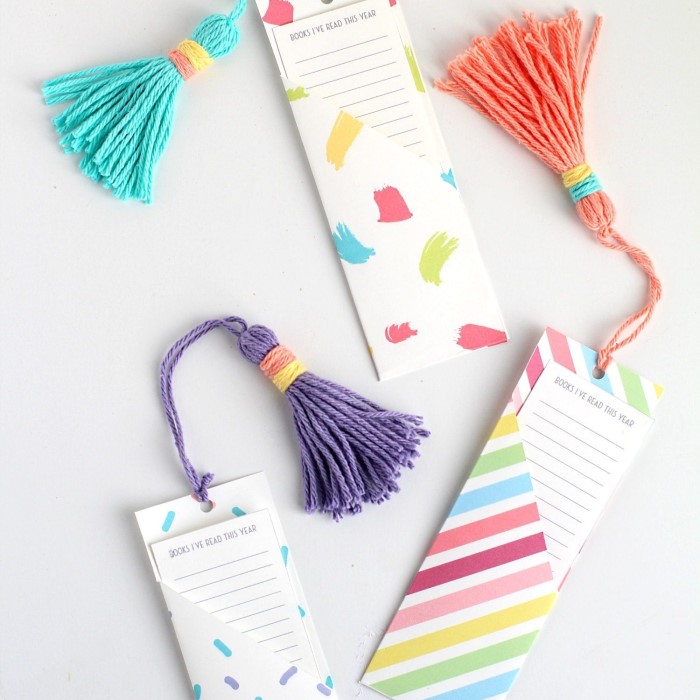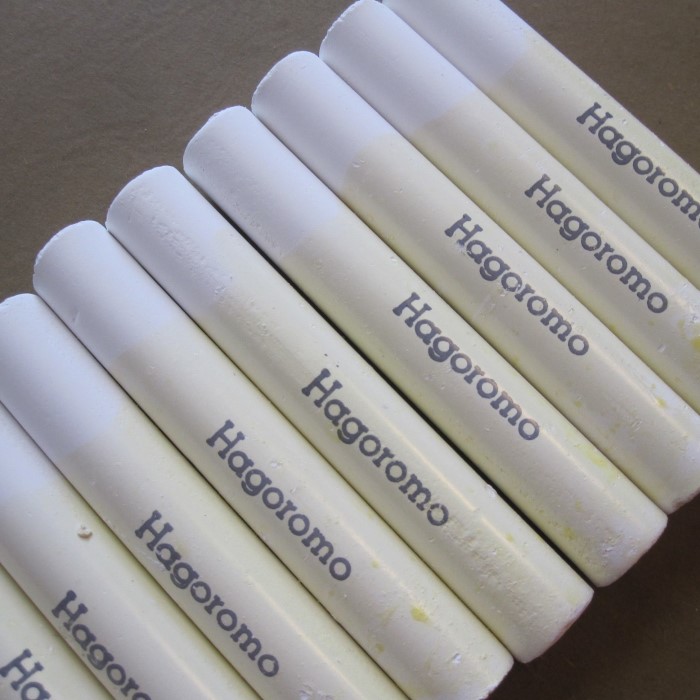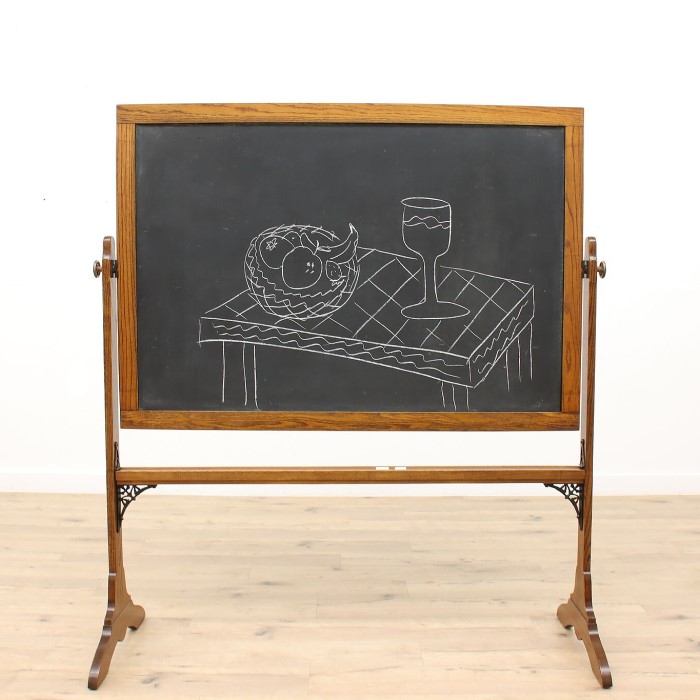Introduction to Newspaper Drawing News paper drawing is a unique art form. It uses newspapers as both the surface and inspiration. Artists use this medium to create innovative and meaningful pieces. Drawing on newspapers combines creativity with sustainability, giving purpose to recycled materials. What is Newspaper Drawing? Newspaper drawing involves…
-
-
Understanding Printer Ink Expiration Many printer users often ask, “Does printer ink expire?” It’s a good question that holds importance for anyone relying on printed documents, whether for personal, academic, or professional purposes. Understanding ink expiration can help prevent wasted resources and unsatisfactory print jobs. Printer ink does have a…
-
Introduction One of the most frequent questions among printer users is, “Does printer ink dry out?” The simple answer is yes—printer ink can and often does dry out, especially if the printer is not used regularly. Understanding the various factors that contribute to this issue is essential for maintaining your printer’s performance…
-
Introduction: The Joy of DIY Bookmarks Crafting is a wonderful way to express creativity, and creating your own bookmarks is no exception. DIY bookmark ideas allow anyone to personalize their reading experience. Whether you are an avid reader or simply enjoy writing in journals, having unique bookmarks adds a touch of individuality…
-
What Are Bookend, and Why Do You Need Them? Bookends are small yet functional supports designed to keep books upright and organized. They prevent books from toppling over by providing stability on shelves or desks. Bookend comes in various styles, materials, and shapes, making them both practical and decorative. Why…
-
Introduction: How Ink Stains Happen Ink stains can be a nightmare for anyone who loves their favorite pair of jeans. Whether it’s from a pen leak or a spilled bottle of ink, these marks can seem impossible to remove. However, knowing how to get ink out of jeans is a skill…
-
Introduction Hagoromo Chalk is not just any chalk; it represents a fusion of creativity and quality. Artists and students alike choose Hagoromo Chalk because of its unique properties that enhance the drawing experience. In this article, we will delve into why Hagoromo Chalk is special. We will examine its exceptional…
-
Introduction Chalk boards are not just for classrooms anymore; they have transformed into versatile decor elements that add a unique charm to any space. Understanding how to use a chalk board creatively opens up a world of possibilities for homeowners, teachers, and DIY enthusiasts alike. With their ability to blend functionality…







